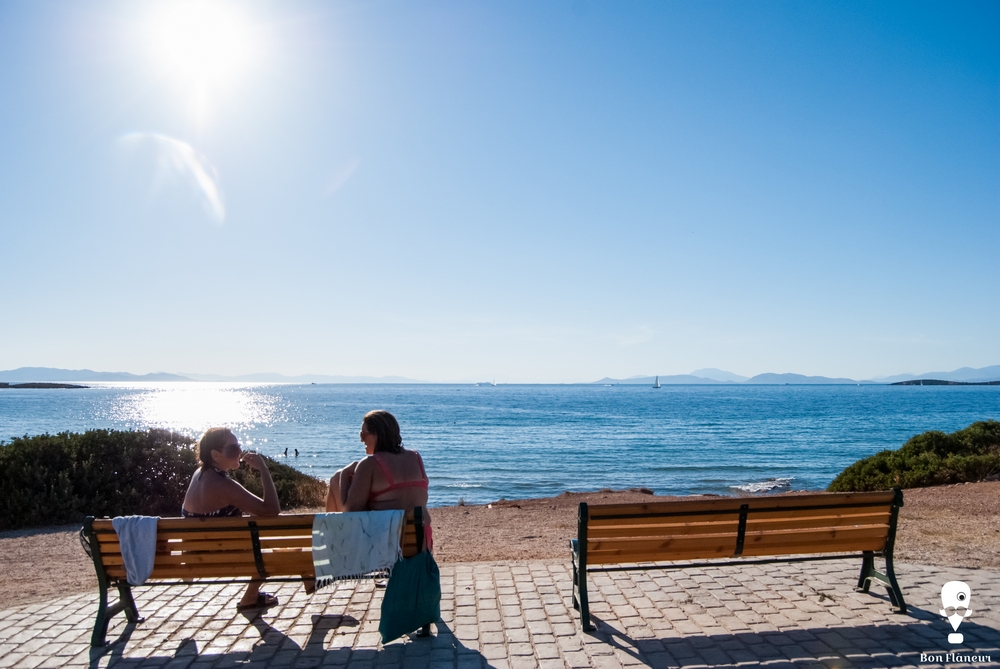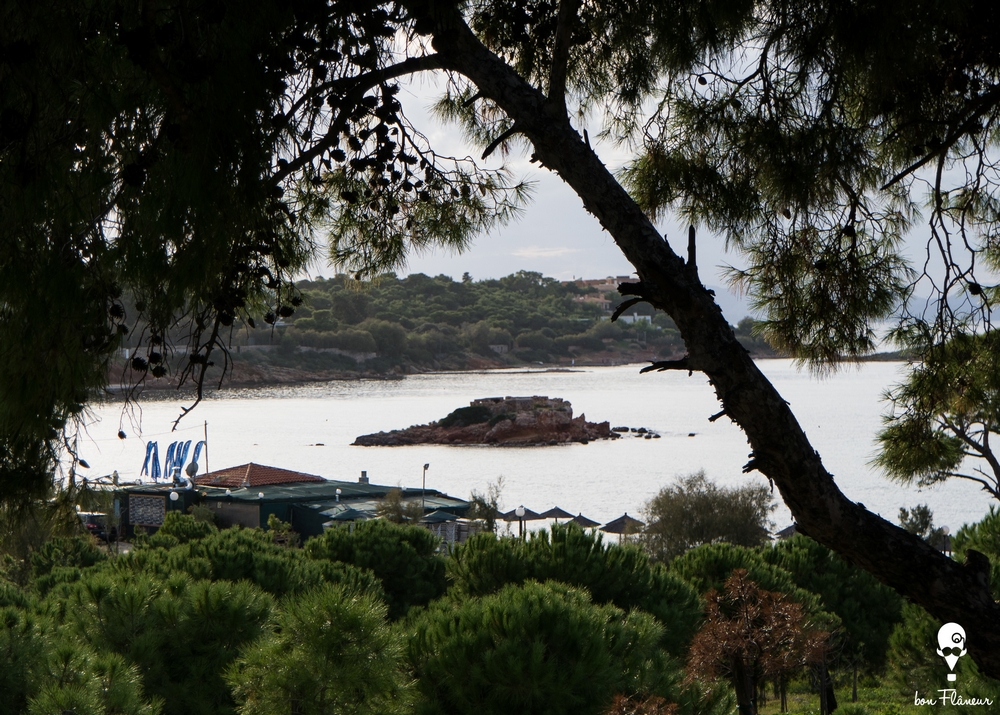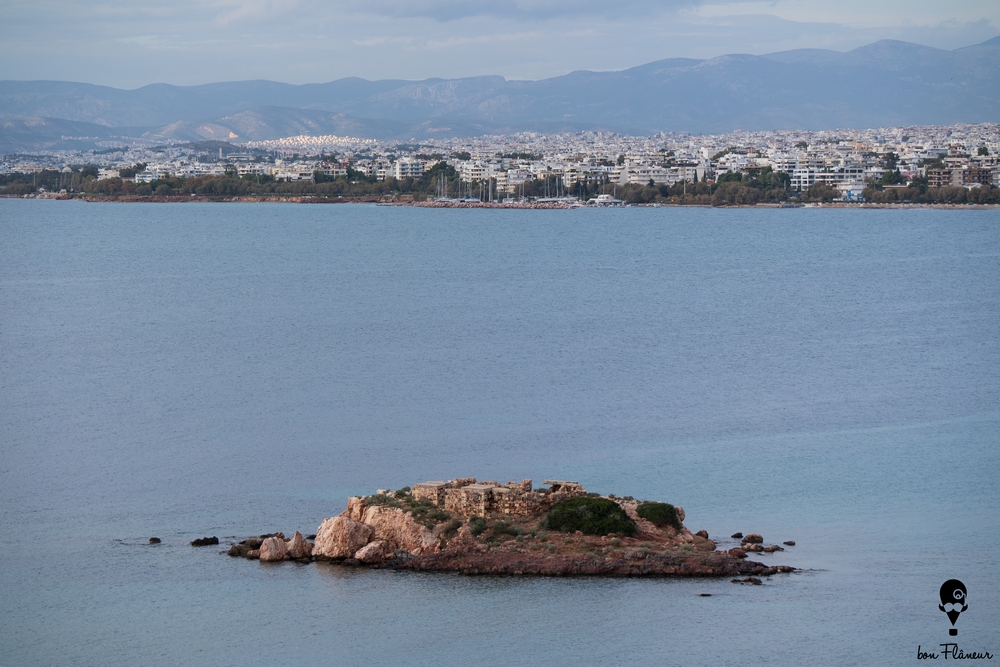Kavouri
The beach at Megalo Kavouri.
Location
Timeline
Modern and Contemporary era (1821 - )
2015 Regeneration took place.

The beach at Megalo Kavouri.














In the area of Vouliagmeni is Kavouri beach. It consists of Mikro Kavouri, a small part of the beach, which is interrupted by taverns and then leads to Megalo Kavouri, the larger main beach of the coast. It is a very beautiful place, with a view that combines the urban and natural landscape; a small island (Kavouronisi) makes the most of the Mediterranean breeze. The recent renovation also highlighted the large surviving ancient carriage road (5th century BC), located inside the park behind the beach. Also, a wide paved path of about 1.5 km connects the Mikro with the Megalo Kavouri, and creates a very pleasant route for walking, running or cycling.
The renovation respected the natural landscape, it was not extensive but was of great importance. Previously, the few visitors to the area came mainly for the taverns, while today it is a favourite of Athenians for swimming, walking, eating, and drinking. Also in Megalo Kavouri is the end of the long cycling route of the coast of Athens, which starts from the Peace and Friendship Stadium (SEF). Above the beach there are several villas, as the area is considered one of the most expensive in the country. The ancient road confirms that Kavouri was used as a port in ancient times, and part of the road is preserved on the islet of Kavouronisi, which was once connected to the mainland.
Field observation by scientific editors
Nou Pou, (2015), Στα νότια προάστια το Μεγάλο Καβούρι τρώει το Μικρό, [In southern suburbs, the Megalo Kavouri eats the Mikro], in
https://www.nou-pou.gr/life/paralia/megalo-kaboyri-trwei-mikro/
Last visit 24/10/2020
2015 Regeneration took place.
Share